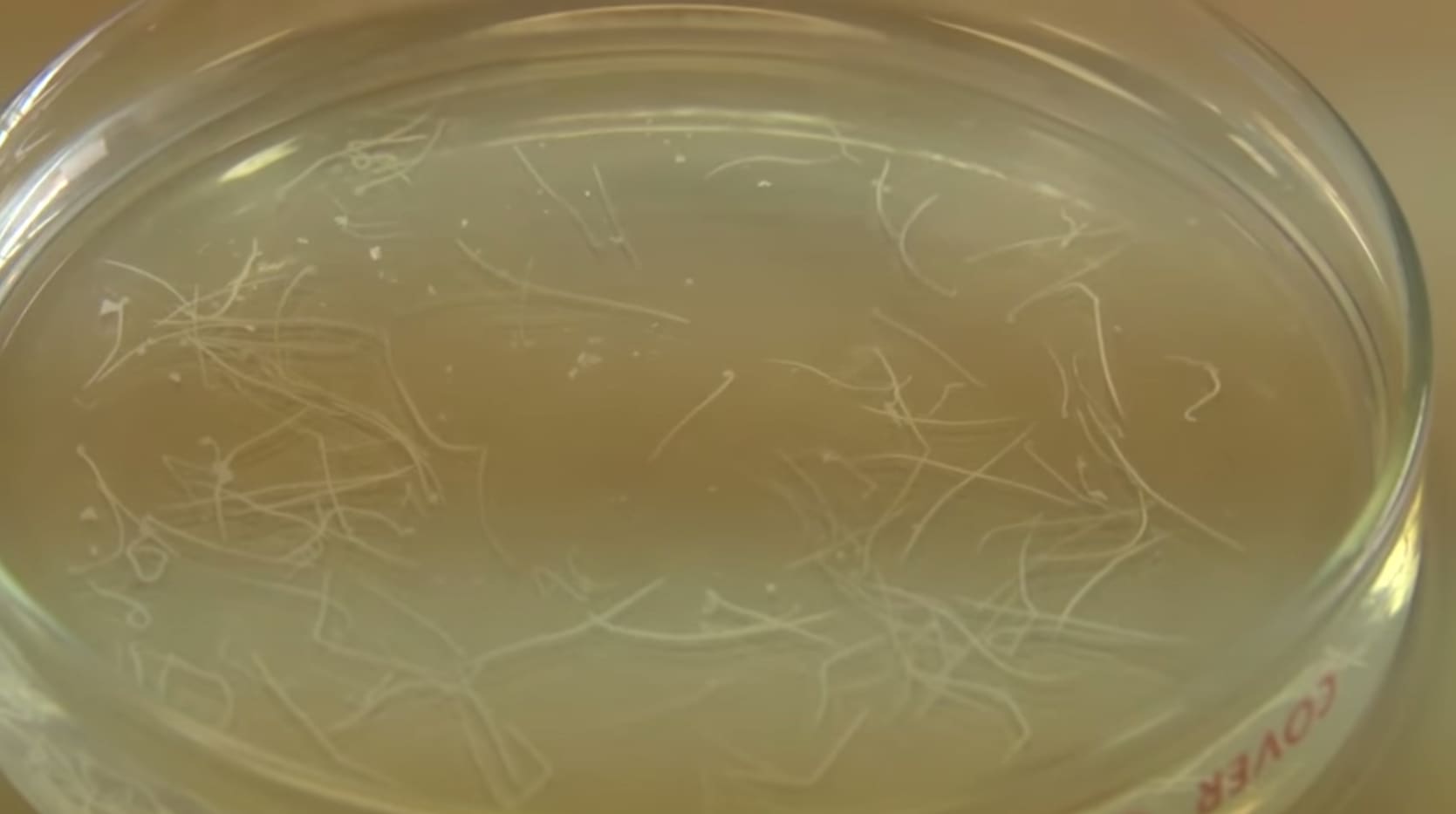Researchers Suspect Blood-sucking Parasitic Eyeworm Caused 2010 Quail Decline
OutdoorHub Reporters 08.21.14

It’s only about an eighth of an inch, but it’s the stuff of nightmares. Researchers from Texas Tech University say that eyeworms (Oxyspirura petrowi) may be responsible for the widespread decline of quail in Texas during 2010. It is no secret that quail have faring poorly in the Lone Star State for the past several years, but biologists and hunters were astonished to see a surge in bird populations early in 2010. Then, just as quickly as they came, the birds disappeared.
“It was very green and lush, and we had a lot of quail,” said Ron Kendall, a professor of environmental toxicology at Texas Tech and lead author of the study, which was published in the Journal of Parasitology. “Then, we didn’t have any quail when we approached October 1. We do not believe it had anything to do with habitat. Habitat in 2010 was the best we had seen in many years. It had to be something else. We think infection with these eyeworms can negatively impact vision of quail. These birds need to be 100 percent performance ready to get away from a Cooper’s hawk. If you are a quail in the wild and if you have vision impairment it could negatively impact your ability to get away from a predator.”
The study came about after conservation groups searched for answers after the drastic 2010 die-offs. Funded by the private Rolling Plains Quail Research Foundation, researchers at Texas Tech surveyed birds across a 19-million-acre parcel of land in Texas and discovered that many of the birds did indeed carry eyeworms. Some of the scientists initially doubted whether a parasite could affect game bird populations on such a large scale.
“When we first got into this research project and started peeling back the layers of this onion, we asked if it’s possible for a parasite to move that quickly through a population on a large area,” Kendall said in a press release. “And we answered the question. It’s ‘yes.’”
Experts believe that the quail became infected with eyeworms after eating the crickets that were their hosts. Once inside, the parasites traveled to the ducts behind the birds’ eyes, feeding off blood there. Eyeworms can lay a large number of eggs, which mature into egg-laying adults themselves in just a few weeks. Eventually, the feeding frenzy of the eyeworms inflames a quail’s eye ducts, causing visual impairment and even blindness.
“We did a size comparison,” Kendall said “If these parasites were in a human and you compared the size of the quail eye to the human eye, it would be like having a worm about the size of a toothpick behind your eye. Now, imagine having up to 40 or 50 of them in there, and we have seen this in the wild. That could certainly impair your ability to see and cause serious inflammation. And once they’re in there, what we are figuring out is they’re not leaving the eye. They are there to stay. There’s no way for the quail to get these parasites out once they invade the eye.”
The researchers suspect that eyeworms have been in Texas for quite some time, but heavy rains in 2010 boosted the number of insects who can carry the parasite. Scientists say that the effects of eyeworm on the quail population may be cyclical, but that the search for a remedy is already underway.
“There’s evidence of eyeworms all over the Rolling Plains now,” Kendall added. “We need a cure; we need a strategy to cure it. So we’re in the process of a major research and development effort to find a remedy. There’s been evidence for some time that eyeworms were in the Rolling Plains, but we didn’t know how to assess their potential impact. Maybe this might provide more interpretation of why we have such large cyclic crashes of quail. We don’t know yet. One thing we do know is that there have been increased reports of quail flying into objects, such as barns and houses. This might answer why.”
You can see a video of live eyeworms below:

